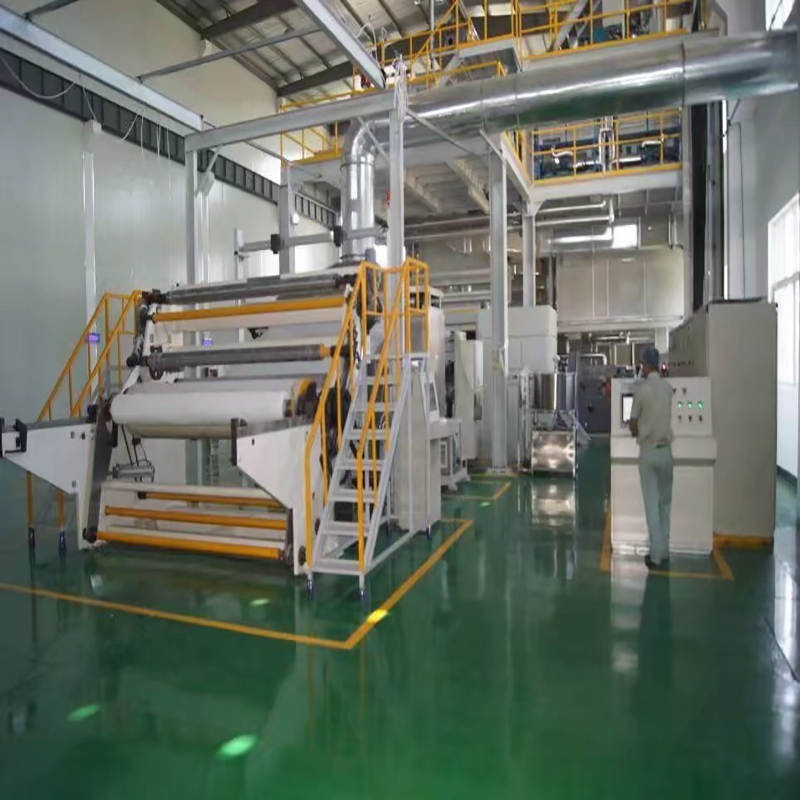Nonwoven fabrics have become an essential part of our daily lives, from the surgical masks we wear to protect ourselves from COVID-19 to the filters in our air purifiers. These fabrics are versatile, durable, and easy to manufacture. One of the critical components in the production of nonwoven fabrics is the meltblown machine, which converts thermoplastic materials into meltblown fibers.
With the proper equipment, meltblown nonwoven machinery can produce consistent fabrics for a variety of filters, barrier materials, medical & hygiene products and more.
The Key Machine Types Used For Meltblown Nonwoven Fabric Production Are:

- Extruders:
Polymer resin is melted and extruded through tiny spinneret dies containing several hundred tiny holes to produce many molten polymer threads simultaneously. - Airblowing Systems:
High-velocity hot air is blown against the extruded polymer threads, which attenuates and draws the threads into fine fibers between 5 y 15 micrometers in diameter. This blown air also deposits the fibers in a random fashion onto a conveyor belt. - Conveyor Systems:
The conveyor belt below the fiber-forming zone collects the randomly deposited meltblown fibers and moves them forward for further processing. - Bonder Units:
The loose nonwoven web passes between heated calendar rolls that bond fiber intersections to give the fabric integrity and strength. Additional web treatments may also be applied. - Winder:
The finished meltblown nonwoven web is wound into large rolls for storage, transport and further converting.
Meltblown Machinery Precisely Controls The Meltblowing Process
Overall, meltblown machinery precisely controls the meltblowing process to produce extremely fine fiber webs with small pore sizes, high surface areas and good barrier properties. Key features of modern meltblown lines include:
- Advanced polymer extrusion systems
- High-velocity airblowing technology
- Improved fiber deposition control
- Integrated bonding and treatment options
- Precision unwinding, winding and tension systems
Examples Of Industries That Use Meltblown Machine Nonwoven Fabrics
- Meltblown fabrics are widely used as filter media for air, liquid and gas filtration in industrial, commercial and residential applications. They are commonly seen in HVAC filters, máscaras faciales, and air purifiers.
- Meltblown nonwovens are a key component of many medical and hygiene products like surgical masks, respirator masks, diapers, and sanitary napkins due to their barrier properties and ability to trap fine particles.
- Meltblown fabrics are utilized as interior or exterior layers in multiple packaging applications to prevent moisture ingress, particle contamination and gas permeation.
